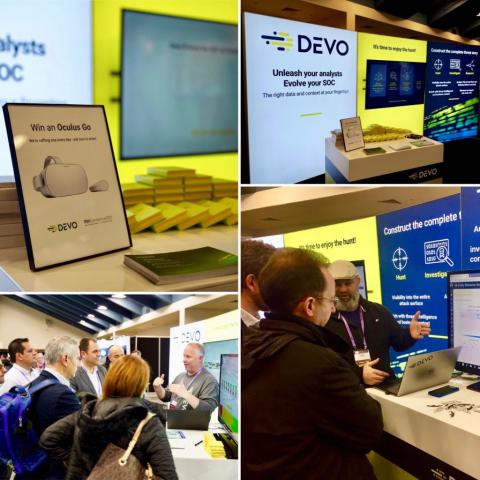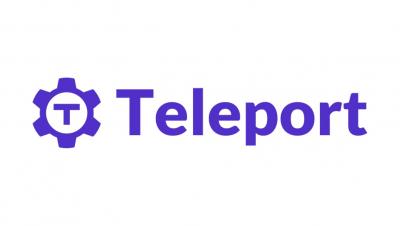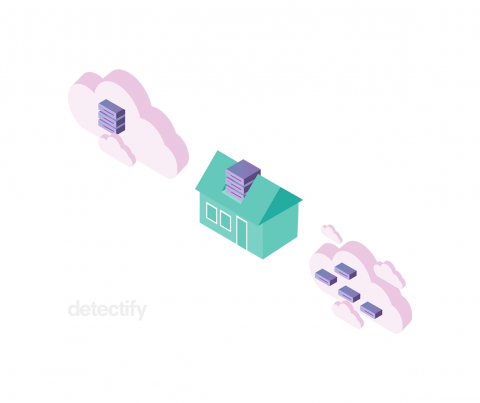Meet the Hacker: EdOverflow, motivated by community and knowledge sharing
EdOverflow is known for contributing a bunch of stuff: active in the community, one of the people behind security.txt – a standard for structuring responsible disclosures, bug bounty hunter and a member of Detectify Crowdsource. We got a chance to quiz him about security.txt, his motivates for being involved with hacking communities and why he chooses to report to responsible disclosure programs without bounty rewards.










